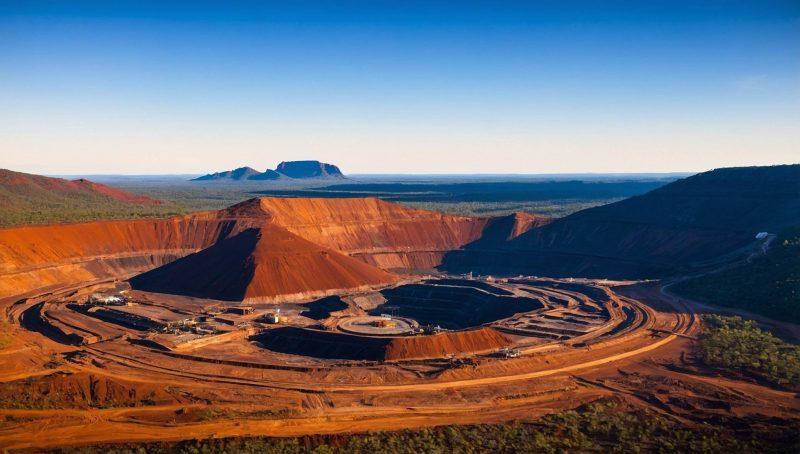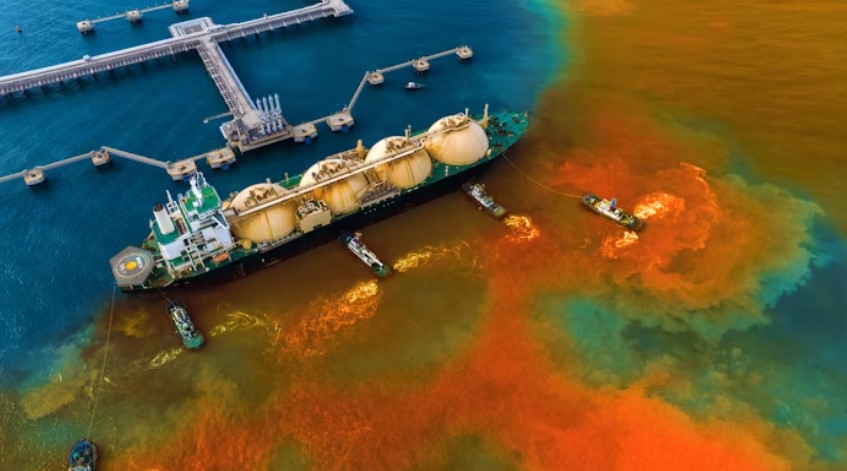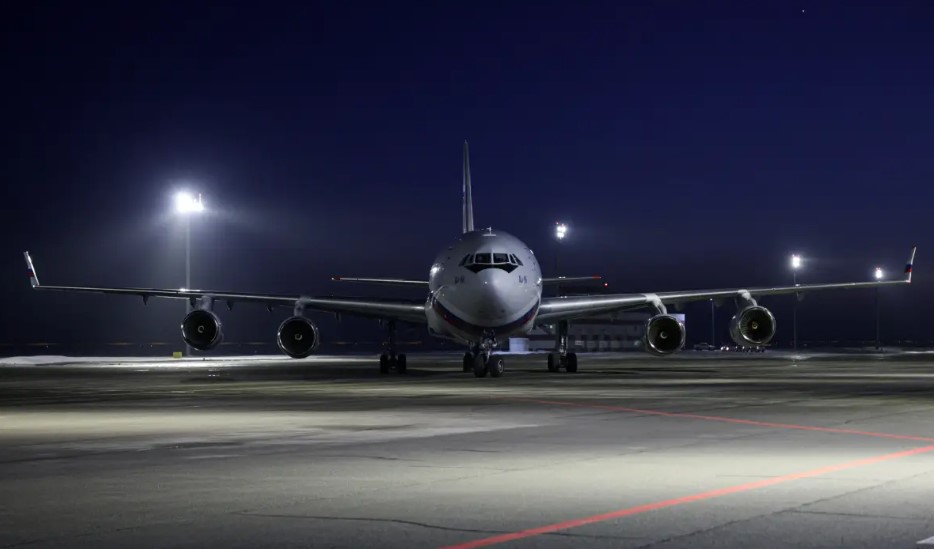
The Shift in High-Grade Iron Ore Demand
High-grade iron ore, defined by an iron content above 65%, faces significant market challenges. Recently, industry sources suggested this standard could change. Increased demand for pellet feed with 68-70% Fe and the commissioning of the world’s largest high-grade iron ore project, Simandou, are reshaping the market.
On May 27, 2025, the daily index for 65% Fe iron ore from Brazil was $107.11 per tonne. This marks a modest drop of $1.15 per tonne from the previous day. While the decline is slight, it reveals the market’s volatility and the challenges high-grade iron ore faces amid fluctuating supply and demand.
Cost-Saving Measures and Steel Decarbonization
In the short term, cost-saving measures by Chinese steel mills have reduced demand for high-grade iron ore. However, the long-term outlook remains optimistic. High-grade iron ore plays a crucial role in reducing carbon emissions in blast furnace-based steelmaking.
Dave Tan, Regional Sales Manager at Anglo American, discussed the issue at the SIFW event on May 28, 2025. He stated, “China’s transition to electric-arc furnace-based steelmaking with DRI raw materials may take time. The country will remain reliant on blast furnace capacity for now.” In the long term, high-grade iron ore pellets will be essential for cutting carbon emissions in steel production.
Despite this, China’s demand for high-grade iron ore has been limited this year. Many market participants struggle to raise prices or create premiums. They have focused more on maintaining market share.
Supply Challenges and Market Competition
High-grade iron ore producers face increasing competition. By the end of 2025, new volumes from Brazil, Canada, and West Africa will enter the market, intensifying competition.
François Lavoie, Vice President at Champion Iron, noted, “Some producers could be affected when the Simandou project comes online.” Located in Guinea, the Simandou project is set to become one of the largest producers of high-grade iron ore. This could reshape market dynamics by increasing supply and impacting prices.
To cope with the potential surplus, Champion Iron has diversified its product portfolio. Their DR-grade pellet feed project at Bloom Lake aims to upgrade half of its 15 million tonnes capacity to produce 69% Fe pellet feed. The company expects to complete this project by December 2025, offering value-added products in a more competitive market.
SuperMetalPrice Commentary:
The outlook for high-grade iron ore remains mixed due to cost-saving measures, supply challenges, and the push for steel decarbonization. While new sources of iron ore and rising competition may reduce premiums, the demand for high-grade products, particularly for low-carbon steel production, ensures the importance of high-grade iron ore.
With new projects like Simandou coming online, market players must adapt. They should focus on diversifying product offerings, embracing sustainability, and investing in value-added products. The ongoing transition to electric-arc furnaces and hydrogen-based steelmaking presents opportunities for companies that can adjust their production strategies. Firms that innovate while focusing on cost efficiency and sustainability will likely lead the market in the future.











Leave a Reply
You must be logged in to post a comment.